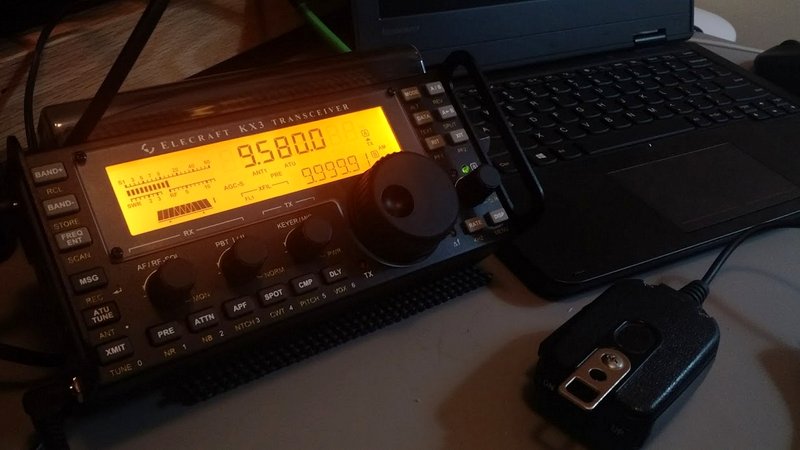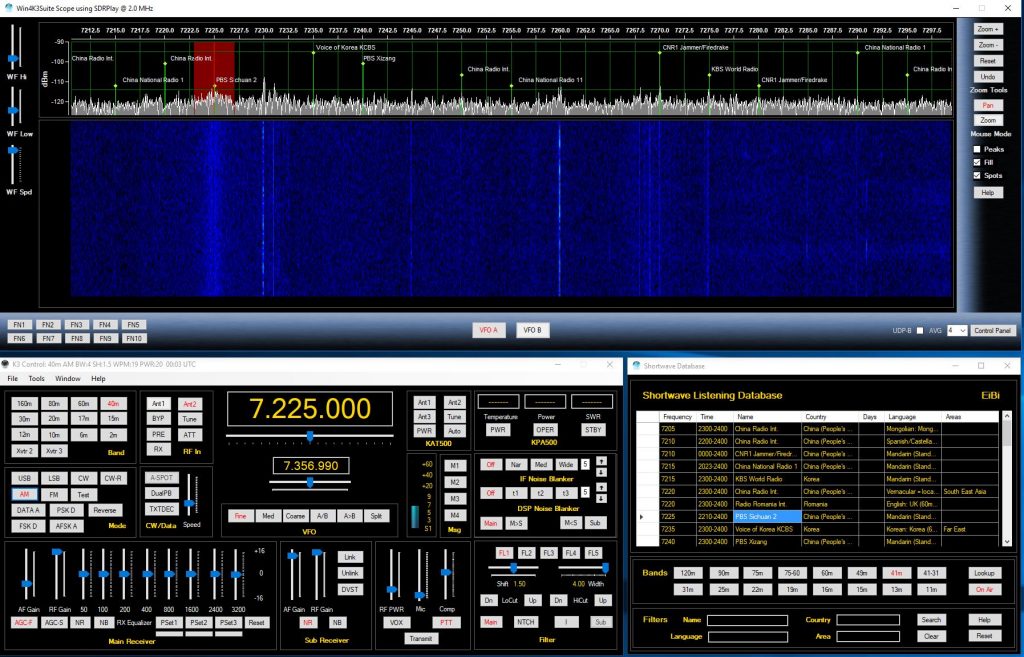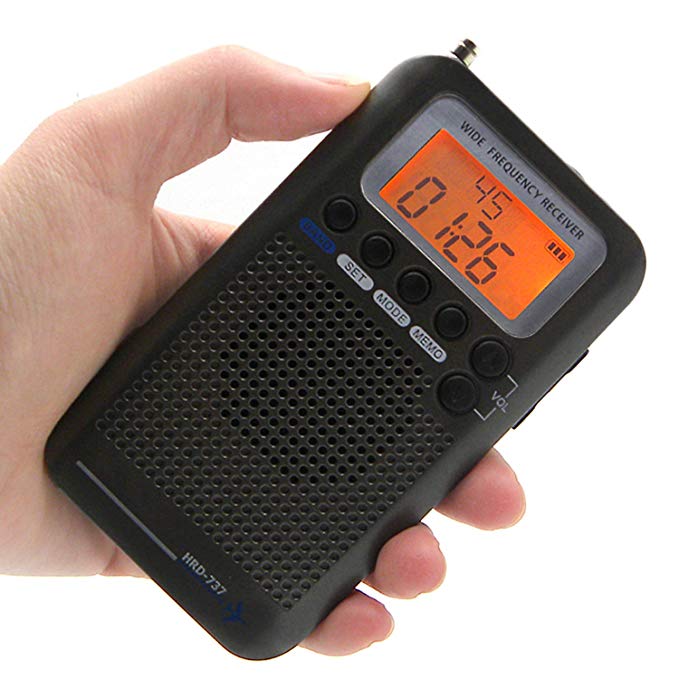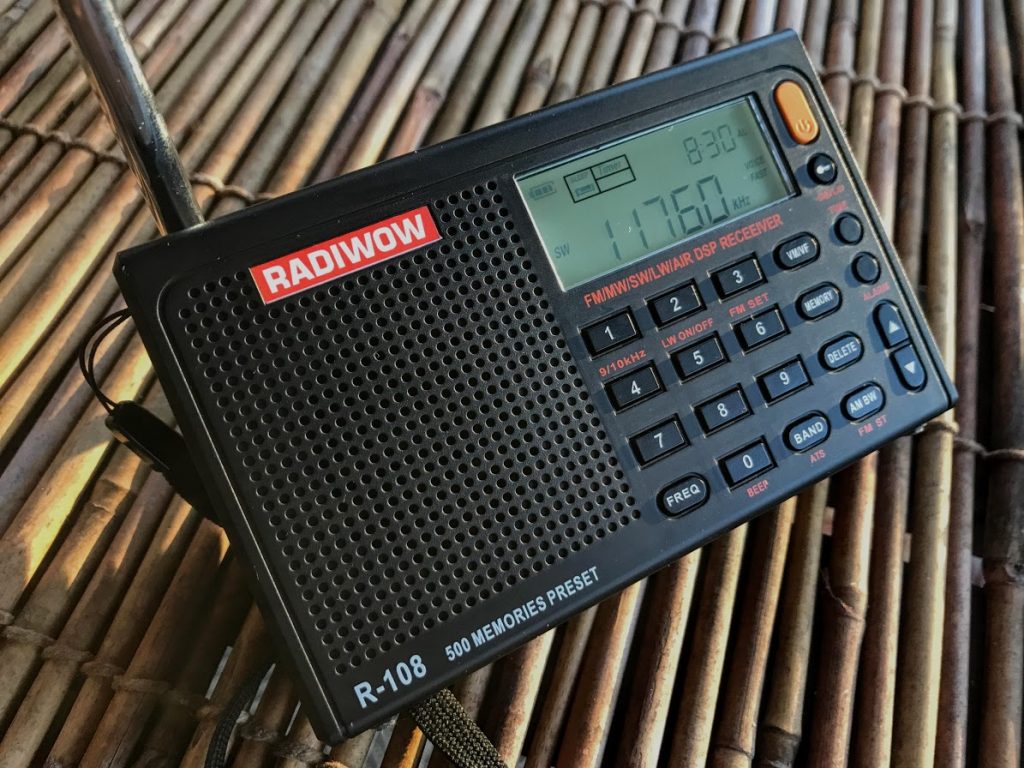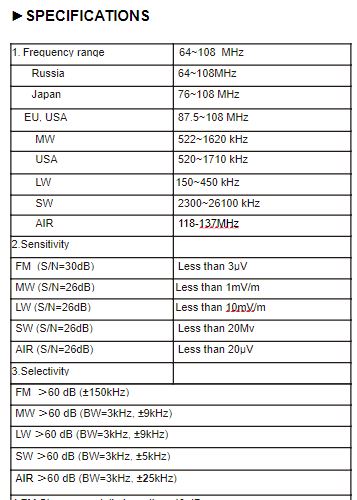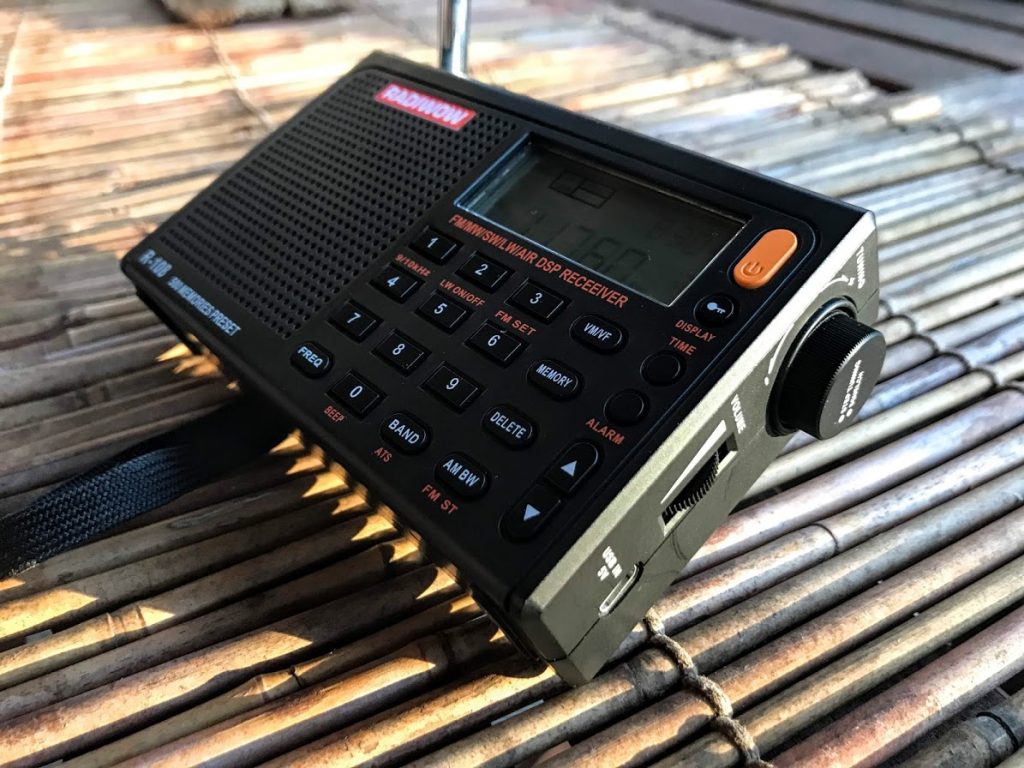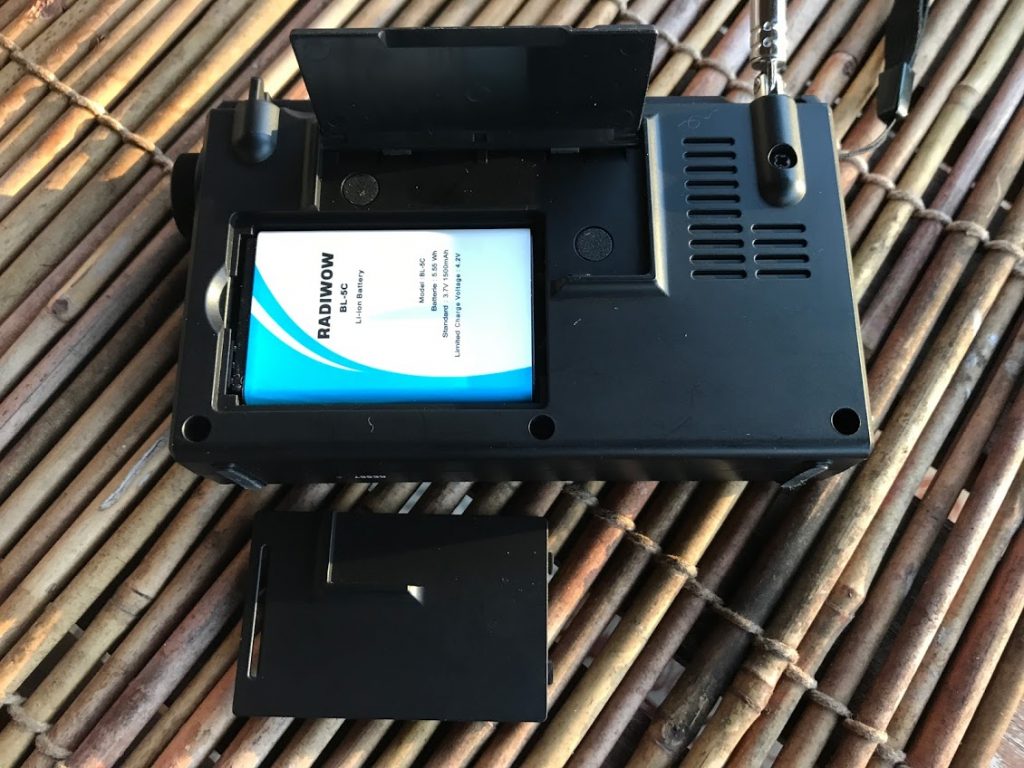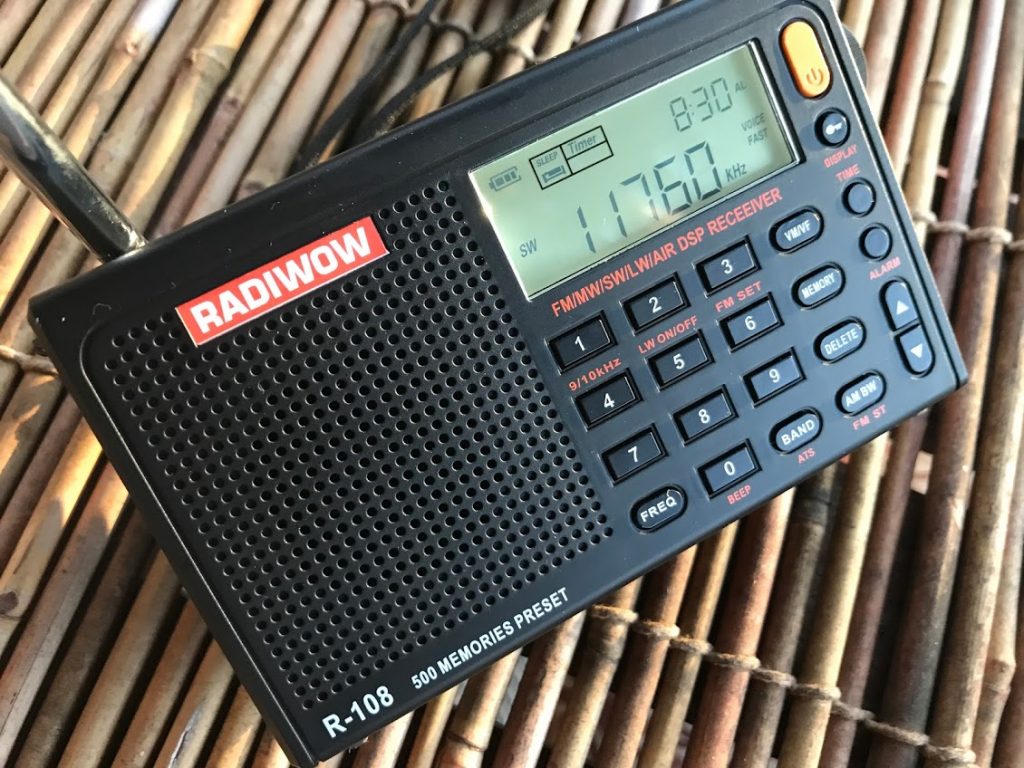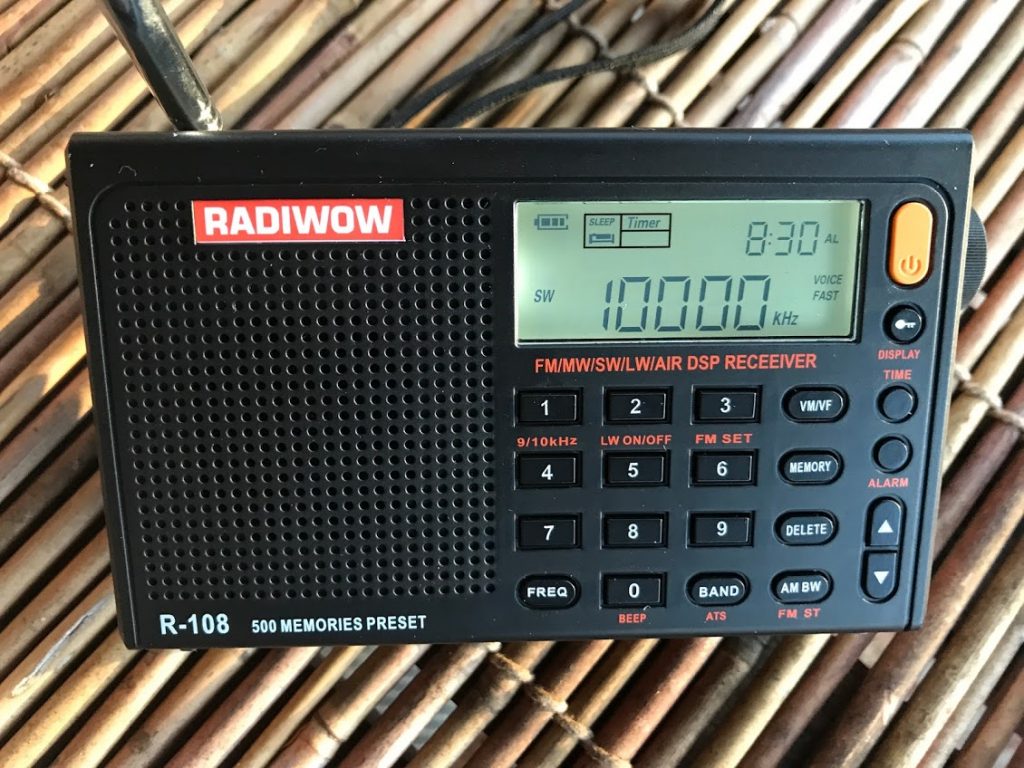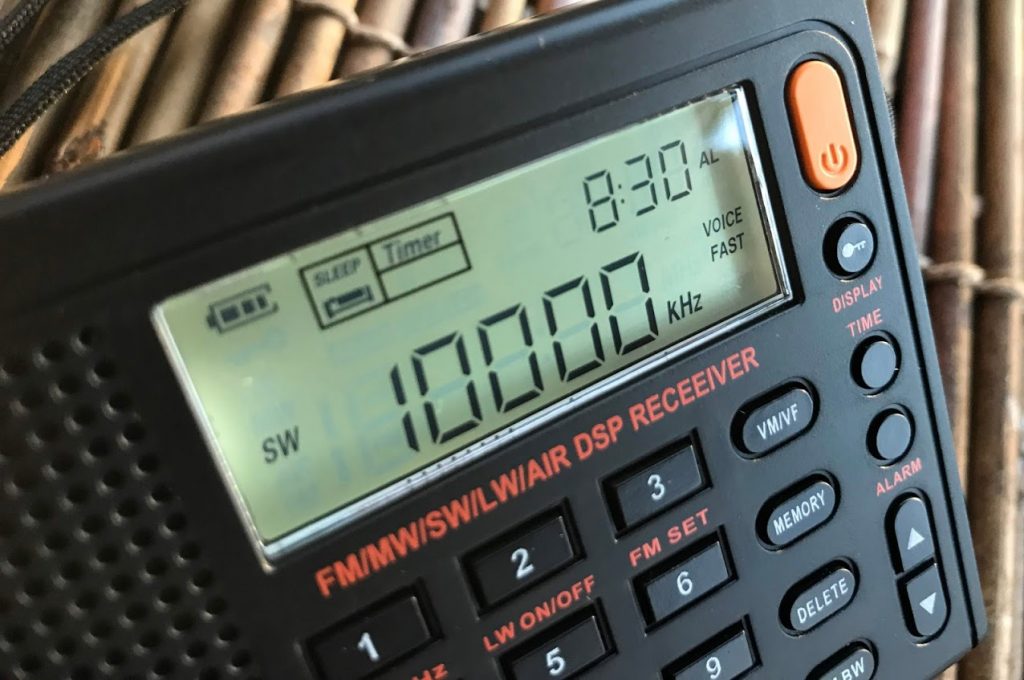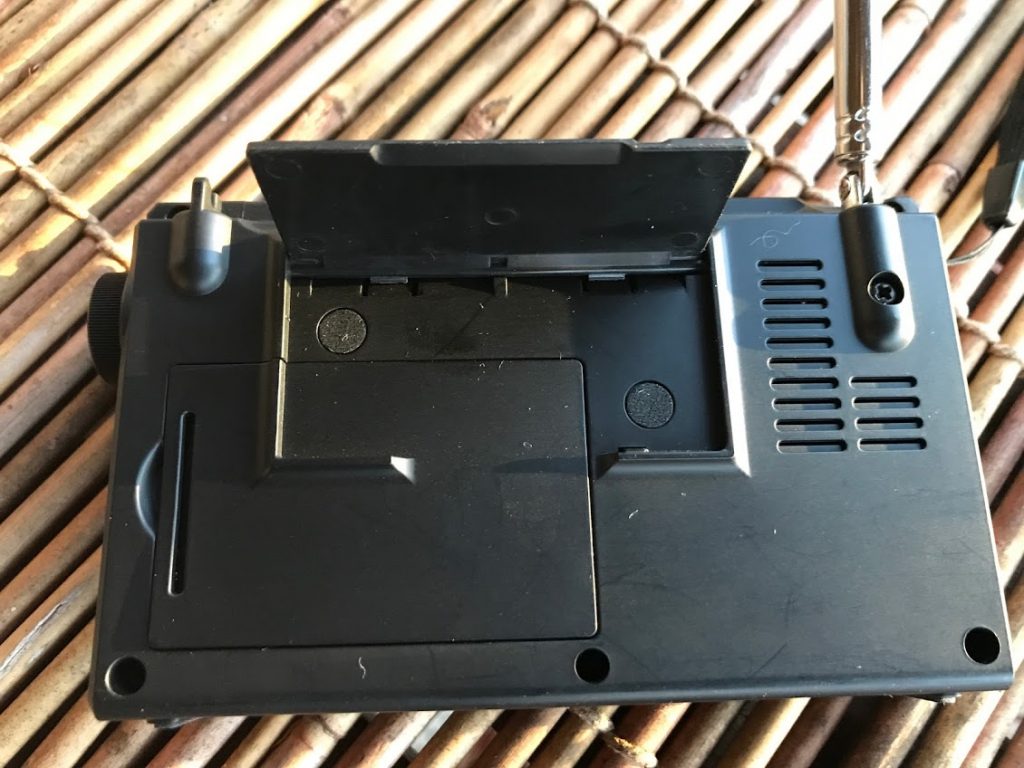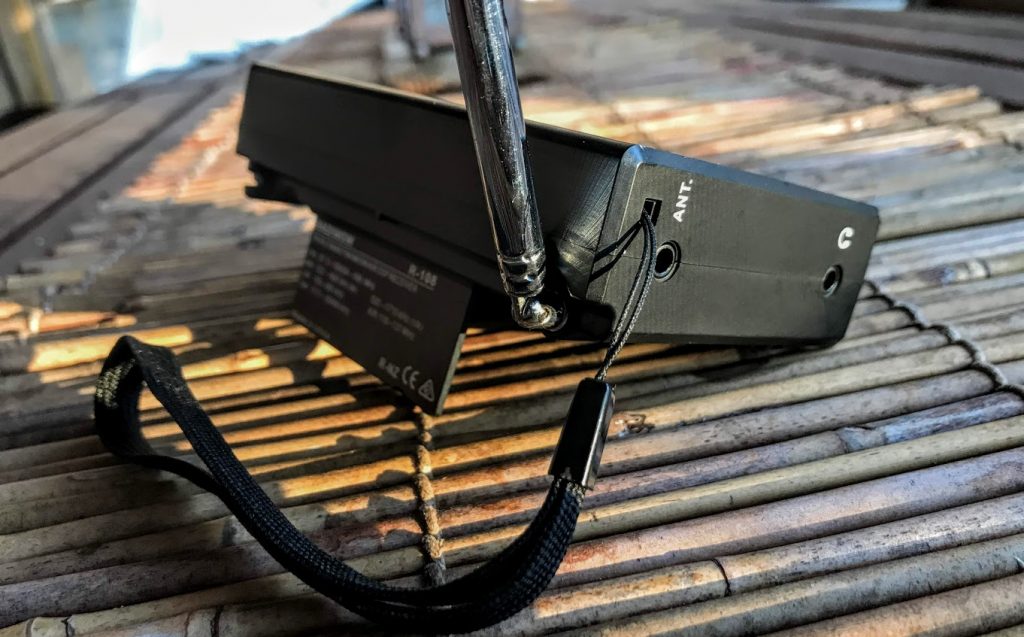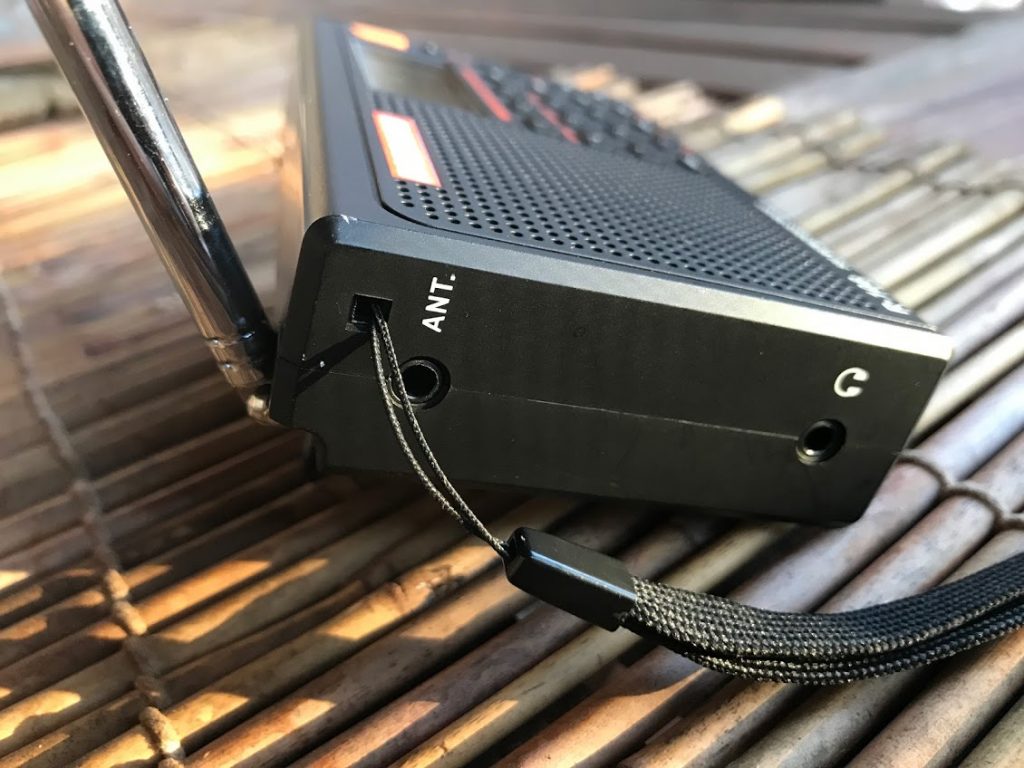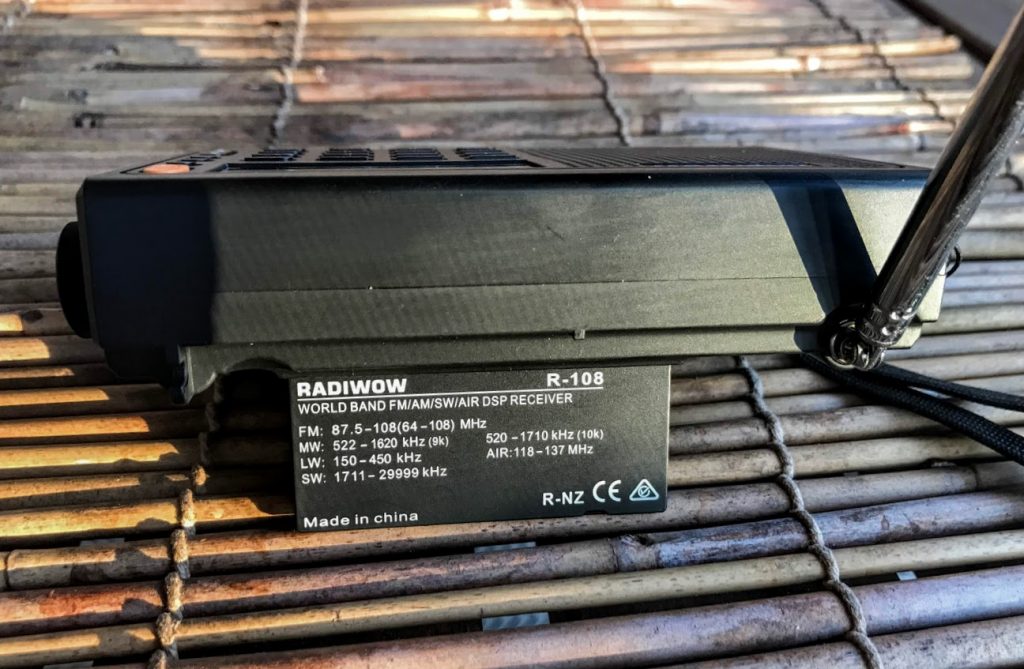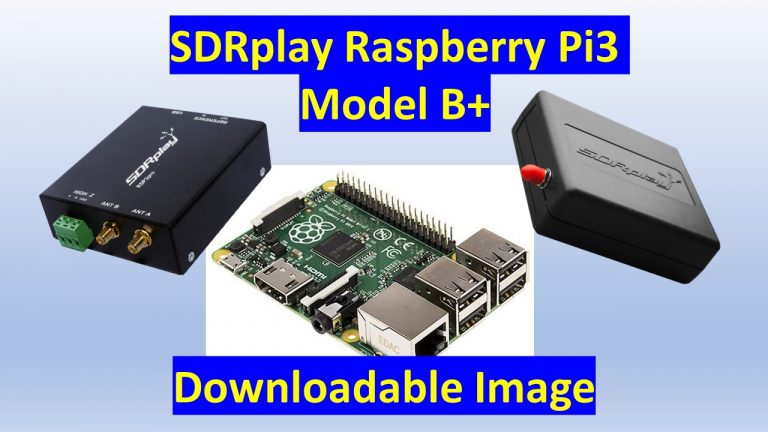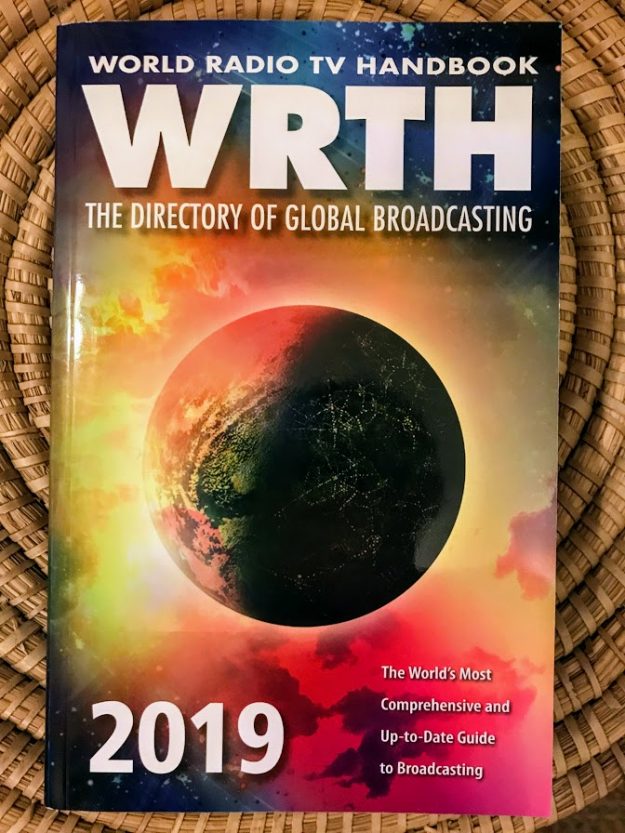
I received my copy of the 2019 World Radio and TV Handbook (WRTH) directly from the publisher earlier this week. It arrives annually–without fail–just prior to my Christmas holiday travels.
I look forward to receiving this excellent staple radio reference guide–and this is their 73rd edition! The WRTH has never disappointed, so my expectations are always quite high.
Once again, the WRTH lived up to my expectations.
WRTH’s team of noted DXers from around the world curate frequencies and broadcaster information by region; while I’m not sure how they orchestrate all of this, the end result is truly a symphony of radio information. In addition to broadcaster listings, WRTH’s radio reviews, feature articles, and annual HF report make for excellent reading.
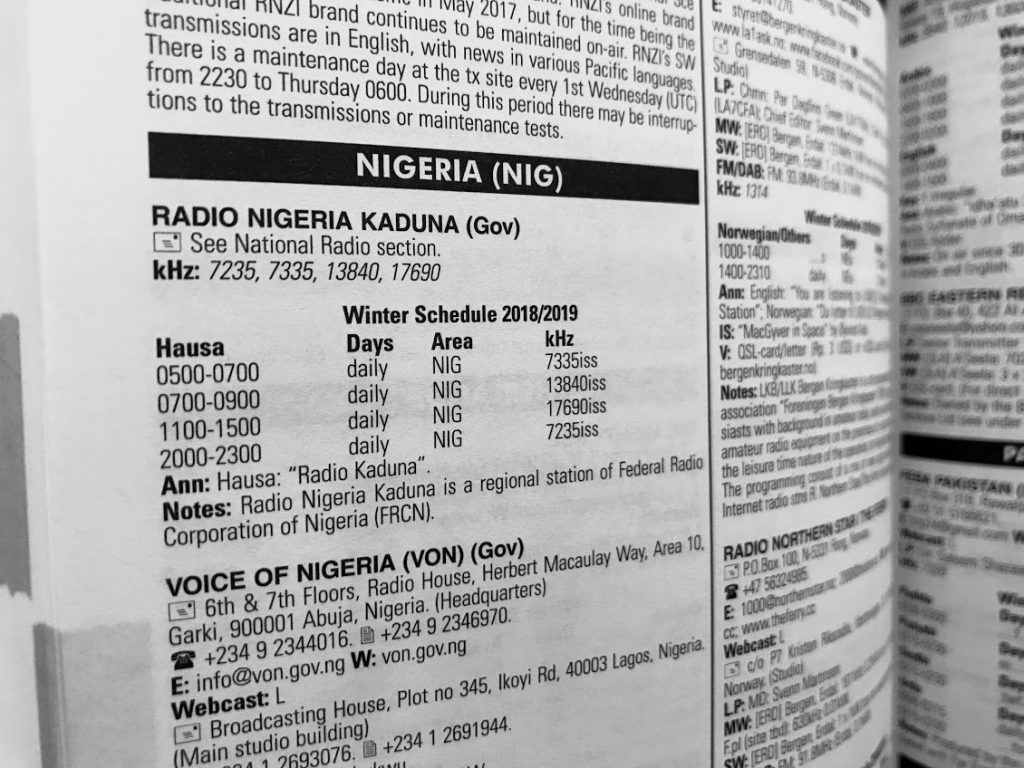
But the WRTH isn’t just a frequency guide: the publication always devotes the first sixty or so pages to articles relating to various aspects of the radio hobby. Following, I offer a quick overview of these.
The first article always features a WRTH contributor: this year, they feature Kai Ludwig who is their contributor for Germany. His lifelong passion for international broadcasting started in what was then East Germany–he watched with interest as the broadcasting world change around him as the Iron Curtain fell.
The second set of articles is always my favorite: WRTH receiver reviews.
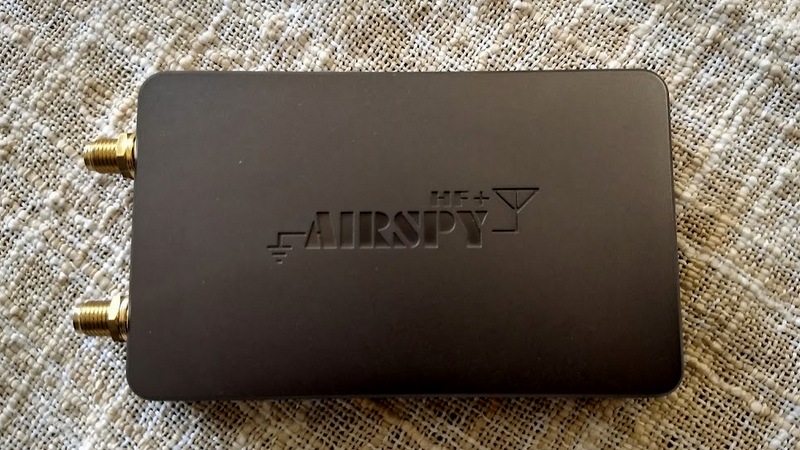
The AirSpy HF+ SDR
This year, WRTH begins with a review of the WinRadio Excalibur Sigma SDR receiver–which essentially set a new benchmark. They also review the SDRplay RSPduo, AirSpy HF+ (which truly impressed), the Reuter RDR51 “Pocket” SDR, XHDATA D-808 and the new Icom IC-R30 wideband handheld. What I love about the WRTH review selection is they span products ranging from £70 all the way up to £6200! Certainly, choices for everyone.
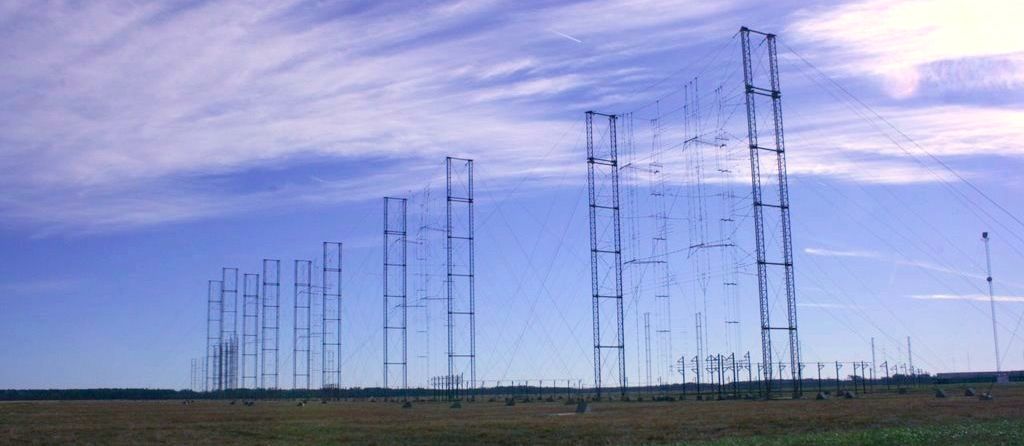
The next feature article, written by none other than Dave Porter, focuses on curtain antennas–the true work horses of international broadcasting. His article speaks to the history and theory behind curtains and notes several types often used by international broadcasters. A must-read!
Hans Johnson’s feature, Broadcasting For Peace, tells the inspiring story of how two stations with one mission helped promote peace in a troubled region of Africa. It truly is amazing how these stations gave their listeners a voice and hope.
The following article highlights a broadcaster on the opposite side of the globe: V7AB in the Marshall Islands. For this feature, journalist Mika Mäkeläinen traveled to the Marshall Islands and visited this powerful national AM broadcaster.
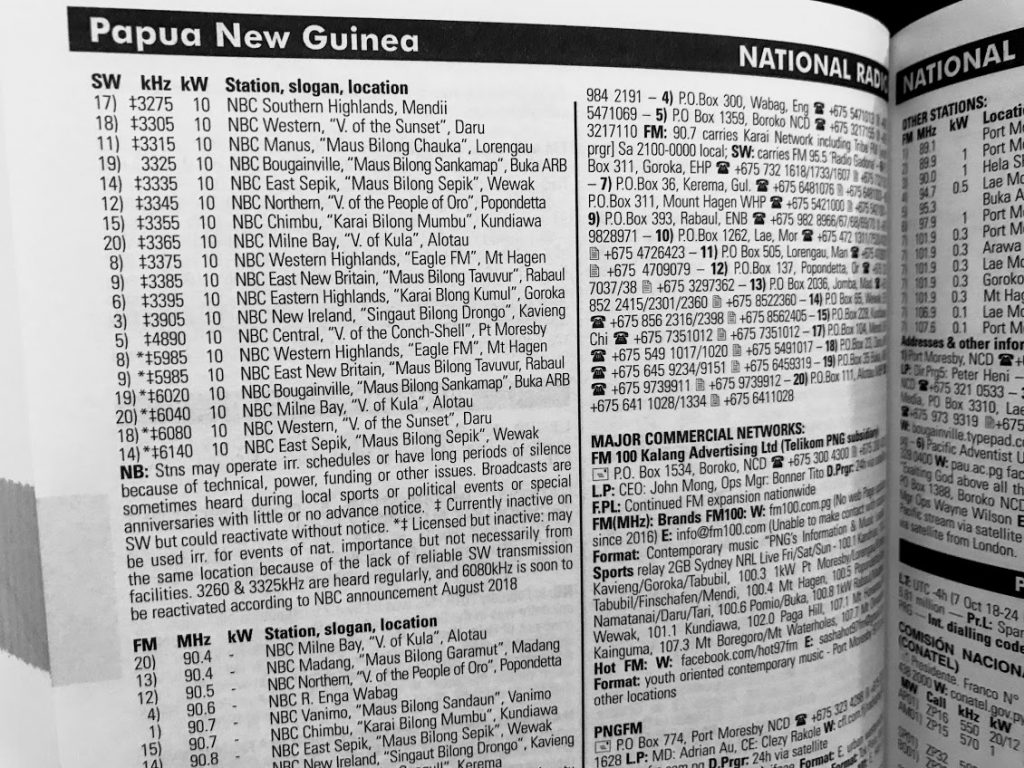
Speaking of powerful broadcasters, TWR Broadcast Engineer, Dave Pedersen, authors an article outlining the reasons for and challenges of operating and maintaining TWR’s Bonaire MW transmitting station.
Next, WRTH spotlight the annual Digital Update which summarizes the dynamic state of digital broadcasting. I’ve found this feature to be incredibly informative as we see how digital broadcasting is penetrating both domestic and international services.
The final article–a tradition–is the WRTH HF propagation report/forecast by Ulf-Peter Hoppe. Always an informative read despite the fact we’re in a solar low!
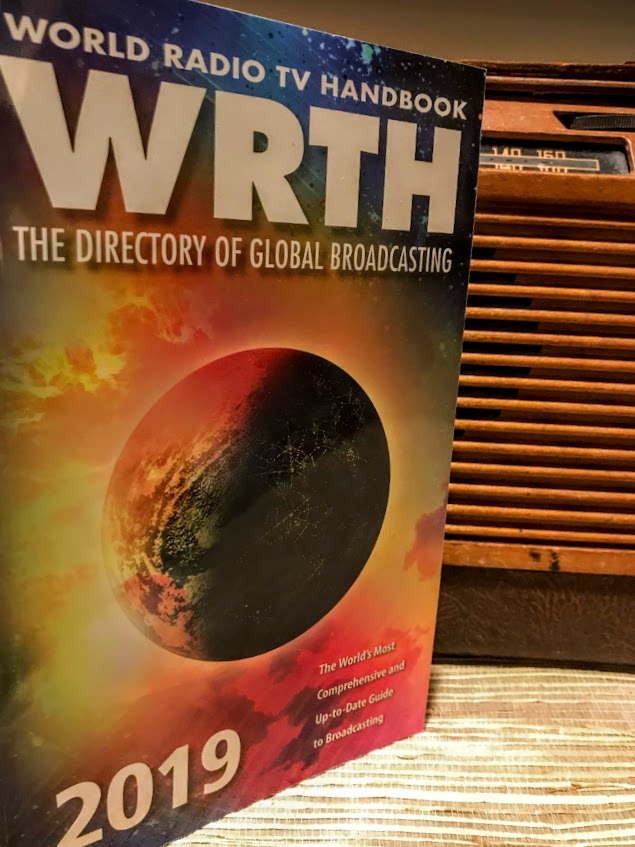
The 73rd is another fantastic edition of the World Radio TV Handbook. As I say every year, I’ve never been disappointed with WRTH. Their publishing standards are such that the quality of their reviews, their writing, and (most importantly) their broadcast listings are simply unparalleled.
For DXers who collect QSL cards, you’ll find that broadcaster contact information in WRTH is often more up-to-date than a broadcaster’s own website. When readers contact me asking for QSL information from an obscure broadcaster, the first place I search is the current WRTH. Remember: their information is based on volunteer contributors who specialize in specific regions of the world–the most knowledgeable regional DXers keep this publication accurate.
Purchase your copy of WRTH 2019 directly from WRTH’s publishers, or from a distributor like Universal Radio (US), Amazon.com (US), Radio HF (Canada), or check BookDepository.com (International).

